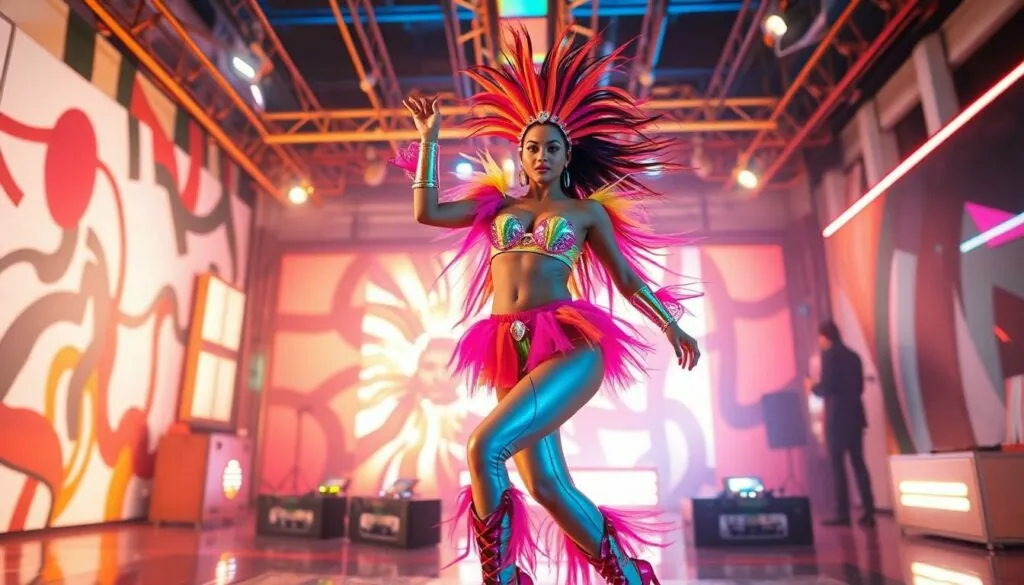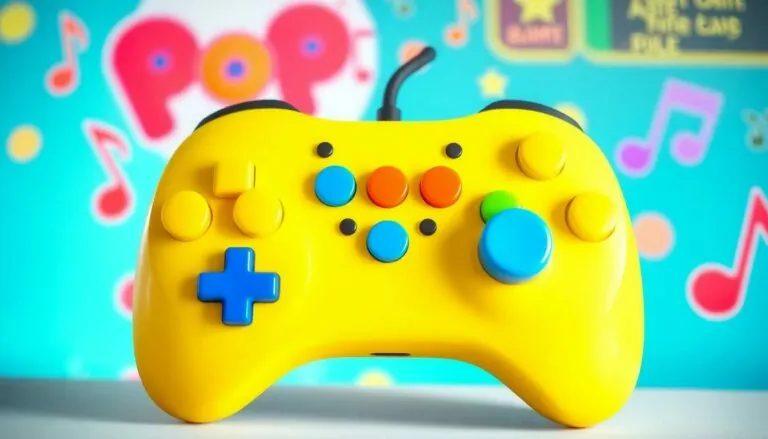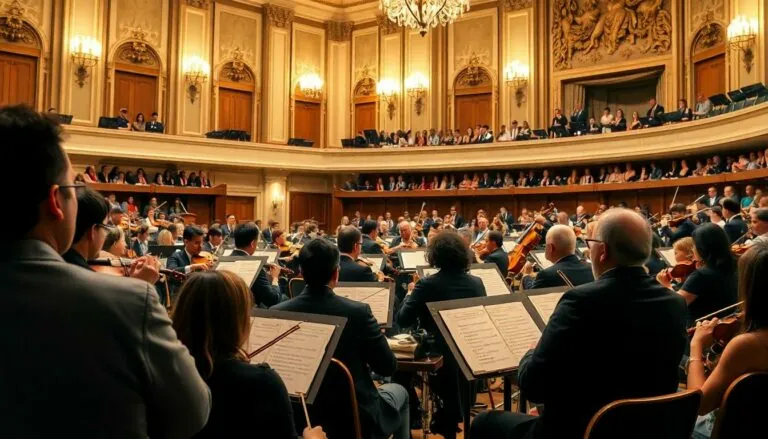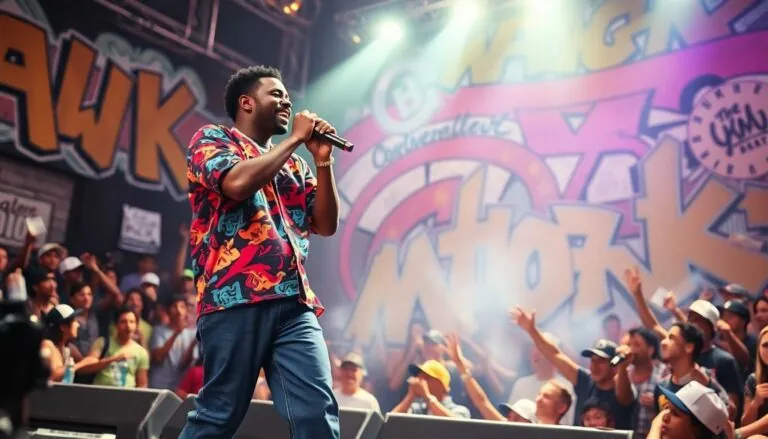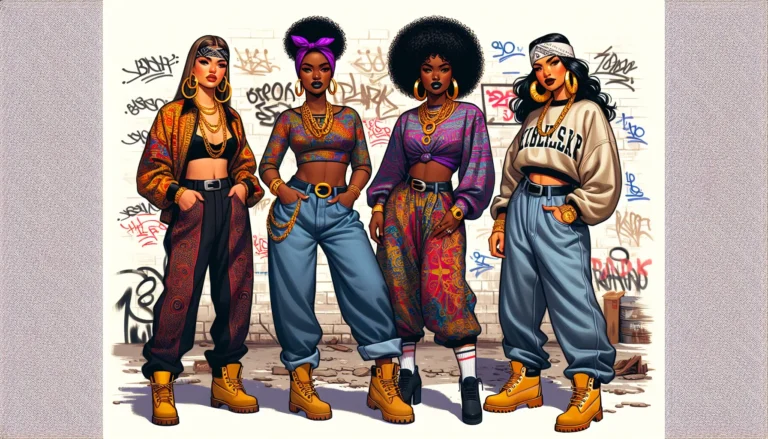Table of Contents
TogglePop music videos are the visual candy that keeps fans coming back for more. With vibrant colors catchy hooks and jaw-dropping choreography they transform simple tunes into unforgettable experiences. Ever wondered how a catchy beat can turn into a mini-movie? These videos do just that—they’re a feast for the eyes and ears.
Overview of Pop Music Videos
Pop music videos serve as a powerful medium for artists, blending audio and visual elements into a cohesive entertainment package. These videos often showcase elaborate sets, stunning costumes, and innovative choreography, immersing viewers in a vibrant artistic world. Engaging narratives can accompany catchy melodies, providing fans with a visual storyline that enhances their connection to the music.
They frequently feature high production values, with significant budgets allocated to create eye-catching visuals. Popular directors and cinematographers contribute to the artistic vision, utilizing cutting-edge technology to elevate the overall aesthetic. The combination of striking imagery and compelling storytelling captivates audiences, helping the artist build a strong brand identity.
Timing is crucial for pop music videos, often aligning with the release of singles to maximize promotional impact. Debuting on platforms like YouTube or Vevo attracts millions of viewers, creating buzz around the artist and song. Viral moments can transform a music video into a cultural phenomenon, reinforcing the song’s popularity across various demographics.
Successful pop music videos often set trends within the industry. They influence fashion, dance moves, and visual art, encouraging imitation and adaptation by other creators. Collaborations with dancers, influencers, and artists from different genres enhance the video’s appeal, broadening its reach and engagement.
Overall, pop music videos represent a dynamic convergence of music and visuals, shaping listener experiences and influencing popular culture. These videos not only entertain but also serve as an essential aspect of an artist’s promotional strategy, impacting the success of their music careers.
Historical Evolution of Pop Music Videos
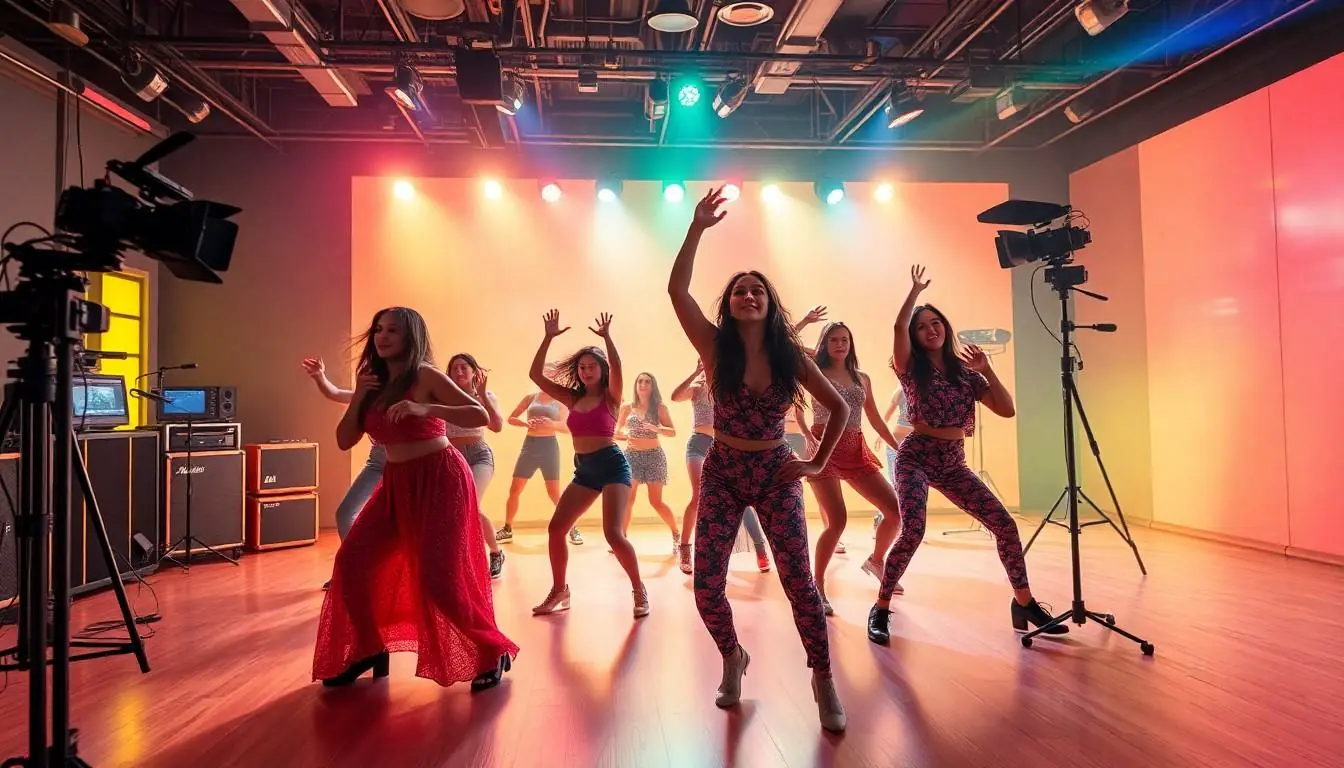
Pop music videos evolved significantly over the decades. These visual representations of songs transformed from simple performances into intricate artistic expressions.
The Birth of Music Videos
The first music video can be traced back to the late 1920s with “The Jazz Singer,” considered the first talkie film. In the 1960s, artists like The Beatles elevated music videos’ prominence through their innovative approaches, especially with films like “A Hard Day’s Night.” By the 1980s, MTV launched, fundamentally changing how artists released their music, as videos became essential for promotion. Artists needed visually captivating stories to accompany their hits, setting the standard for the industry.
Iconic Eras in Pop Visuals
The 1980s marked a turning point, showcasing spectacular visuals in videos. Iconic artists like Michael Jackson and Madonna set trends with elaborate productions and storytelling. The 1990s introduced hip-hop and R&B influences, emphasizing choreography and urban culture, as seen in videos by artists like Missy Elliott and TLC. In the 2000s, technologically-driven productions emerged, with graphic animations blending seamlessly into live-action footage. Current pop videos continue to push creative boundaries, incorporating social media influence and diverse cultural elements, ensuring their relevance in today’s music landscape.
Key Elements of Pop Music Videos
Pop music videos captivate audiences through a combination of compelling visuals and engaging storylines. These elements make them essential for artists in connecting with fans.
Visual Aesthetics
Visual aesthetics play a significant role in defining pop music videos. Bright colors often dominate the scenes, drawing attention and creating an energetic atmosphere. Unique set designs enhance storytelling, setting the tone for the music. Iconic costumes contribute to memorable visuals, making artists instantly recognizable. High-definition quality ensures clarity, allowing viewers to appreciate intricate details. Choreography adds a dynamic layer, blending movement with music seamlessly. Overall, these visual elements work together to create immersive viewing experiences that resonate with fans.
Narrative Techniques
Narrative techniques enrich pop music videos, providing depth and context to the songs. Story arcs often unfold alongside the music, engaging viewers emotionally. Characters may evolve throughout the video, reflecting themes of love, struggle, or empowerment. Symbolism frequently appears, adding layers of meaning to simple plots. Flashbacks or dream sequences can enhance the storytelling, inviting viewers into the artist’s perspective. In addition, unexpected twists keep audiences intrigued, encouraging repeat views. This integration of storytelling fosters a strong connection between the music and its visual representation, making the experience memorable.
Impact of Pop Music Videos on Culture
Pop music videos significantly influence cultural landscapes, resonating with audiences worldwide. These dynamic visuals often dictate trends and shape perceptions, making them vital in modern entertainment.
Influence on Fashion and Trends
Fashion trends frequently emerge from pop music videos. Artists showcase distinctive styles that fans eagerly adopt, turning music visuals into fashion statements. For instance, iconic looks from videos by stars like Beyoncé or Rihanna often prompt widespread imitation. Even casual attire or accessories featured can trigger significant consumer interest. Collaboration between artists and fashion designers further reinforces this trend-making power. Designers often use pop music videos to highlight collections, merging music and style seamlessly. As a result, the impact of these videos extends beyond music, courtesy of their ability to shape what is trendy in clothing and accessories.
Role in Shaping Identity
Pop music videos help shape individual and collective identities. They reflect cultural values, norms, and aspirations, influencing how fans perceive themselves and others. For many, an artist’s image serves as a means of self-expression, allowing fans to identify with specific cultural movements or lifestyles. Audiences often connect with the narratives portrayed, fostering a sense of belonging within a community. Diverse representations in these videos provide visibility for marginalized groups, encouraging acceptance and celebration of various identities. Consequently, pop music videos become powerful tools for identity formation and representation in society.
Future Trends in Pop Music Videos
In pop music videos, emerging technologies will play a significant role. Virtual reality experiences promise to immerse viewers in entirely new ways. Artists may experiment with interactive elements, allowing fans to engage with the narrative directly.
Augmented reality is likely to blur the lines between digital and physical worlds. This fusion can enhance storytelling and create a more personalized viewing experience. Fans might control aspects of the video, affecting visual outcomes based on their preferences.
Diversity in representation will continue to expand. Artists embracing varied cultural identities enrich storytelling, allowing for greater audience connection. Authenticity will resonate strongly with viewers looking for genuine experiences.
Collaborations will increase and cross-genre partnerships will flourish. Pop artists working with musicians from different backgrounds may produce innovative sounds and visuals. This synergy often attracts wider demographics, fostering broader engagement.
Sustainable production practices are set to gain traction. As environmental concerns rise, artists might prioritize eco-friendly sets and materials. This shift not only appeals to conscious consumers but also sets a positive trend for the industry.
Furthermore, mobile-first content is increasingly important. Given the rise of platforms like TikTok, short-form video formats will dominate. Artists may tailor their music videos for quick consumption and sharing, maximizing viral potential.
Global influences will shape pop videos significantly. As artists draw inspiration from international markets, unique aesthetics and styles are likely to emerge. Globalization fosters cultural exchange, leading to innovative visual narratives.
Overall, future pop music videos will focus on technology, diversity, collaboration, sustainability, and global influences. As these trends evolve, they will redefine how artists communicate through visual storytelling.
Pop music videos have evolved into a vital component of the music industry. They not only enhance the listening experience but also serve as a powerful platform for artistic expression. By blending innovative visuals with catchy melodies, these videos create memorable moments that resonate with fans.
As technology continues to advance, the future of pop music videos promises even more exciting developments. Emerging trends in virtual reality and diverse storytelling will further engage audiences. With a focus on sustainability and cultural representation, artists are set to redefine the landscape of visual music.
Ultimately, pop music videos will remain a dynamic medium that shapes culture and influences trends, ensuring their place in the hearts of fans and the broader entertainment industry.

